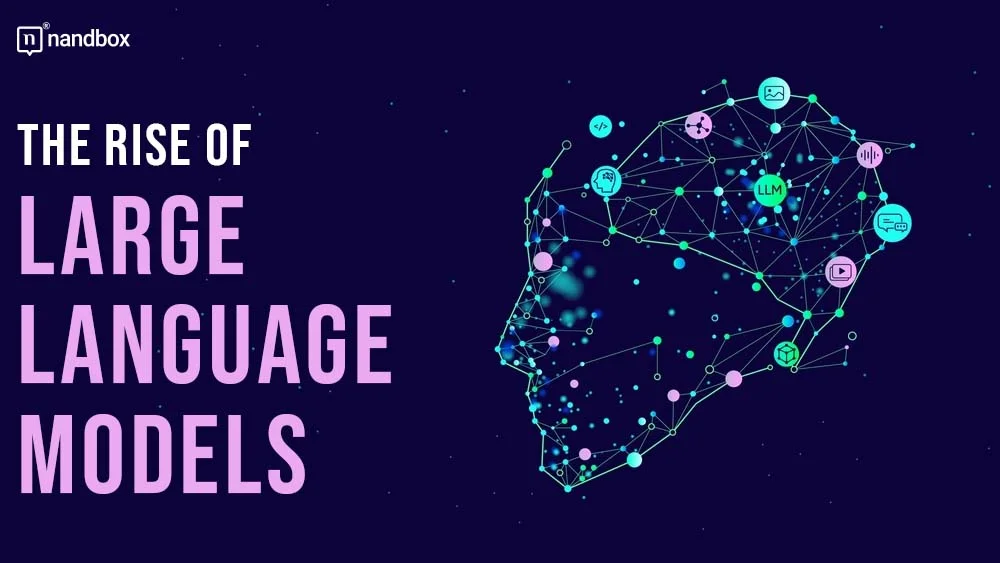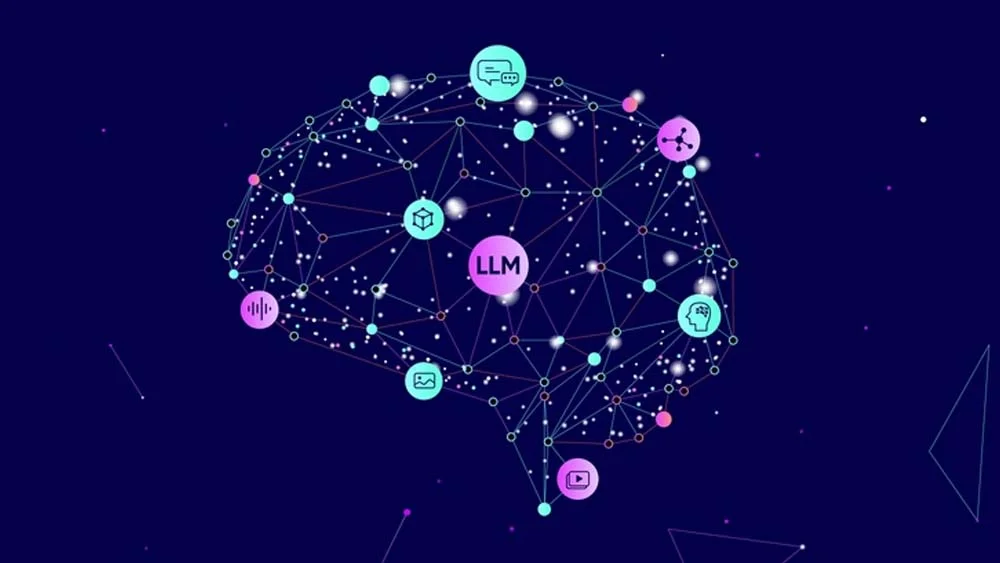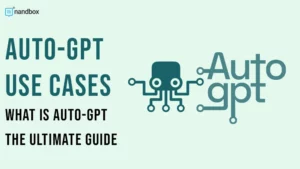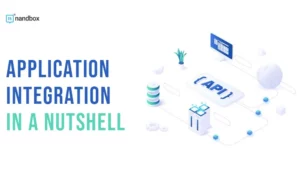In recent years, the development and application of large language models (LLMs) have revolutionized various sectors. This demonstrates the transformative power of artificial intelligence (AI). These sophisticated models, capable of understanding and generating human-like text, have opened new avenues for innovation and efficiency across diverse fields. Participating in an AI learning program can provide people with the knowledge and abilities to harness this technology. This article delves into the challenges and applications of large language models, exploring their development, applications, and the critical role of LLM development services in harnessing their potential.
The Evolution of Large Language Models
Large language models have evolved significantly since their inception, driven by advancements in machine learning and computational power. Early iterations of language models were limited in scope and capability, often producing simplistic and contextually irrelevant outputs. However, with the advent of deep learning techniques and the availability of massive datasets, LLMs like GPT-3 and BERT have emerged as powerful tools. They can understand nuanced language patterns and generate coherent, contextually appropriate text.
The development of these models involves training on extensive corpora of text data. This enables them to learn the intricacies of language, including grammar, semantics, and even cultural references. This training process is computationally intensive, requiring sophisticated hardware and considerable time. As a result, the role of specialized LLM development services has become increasingly important. These services provide the expertise and infrastructure necessary to develop, fine-tune, and deploy large language models effectively. As a result, they ensure that organizations can leverage their full potential.
Applications of Large Language Models
The applications of large language models are vast and varied, spanning multiple industries and domains. In the realm of customer service, LLMs are being used to create intelligent chatbots that can handle a wide range of queries, providing instant and accurate responses. This not only enhances customer satisfaction but also reduces the workload on human agents. Moreover, in content creation, LLMs are employed to generate high-quality text for articles, marketing copy, and social media posts. This helps save time and resources for businesses.
In healthcare, large language models assist in diagnosing medical conditions by analyzing patient data and suggesting possible treatments. They also play a crucial role in research by sifting through vast amounts of scientific literature to identify relevant studies and emerging trends. Additionally, LLMs are utilized in finance for risk assessment, fraud detection, and even algorithmic trading. They truly showcase their versatility and value across different sectors.
The integration of LLMs into these applications often requires customization and optimization to meet specific needs. This is where LLM development services come into play. They offer tailored solutions that ensure the models are fine-tuned to perform optimally in their intended use cases. These services encompass everything from data preprocessing and model training to deployment and ongoing maintenance, providing a comprehensive approach to leveraging large language models effectively.
Challenges and Applications in Large Language Models Development
Despite their impressive capabilities, the development and deployment of large language models come with several challenges and considerations. One of the primary concerns is the ethical use of these models, particularly in terms of bias and fairness. Since LLMs learn from vast datasets that may contain biased or prejudiced information, there is a risk that they could perpetuate these biases in their outputs. Addressing this issue requires careful curation of training data and the implementation of algorithms that can detect and mitigate bias.
Another significant challenge is the computational resources required to develop and deploy large language models. Training these models demands substantial processing power and memory, often necessitating the use of advanced hardware like GPUs or TPUs. This can be cost-prohibitive for many organizations, highlighting the importance of partnering with LLM development services that can provide the necessary infrastructure and expertise.
Additionally, the deployment of LLMs in real-world applications requires robust security measures to protect against misuse and ensure data privacy. This includes implementing stringent access controls, encrypting sensitive data, and regularly monitoring for potential vulnerabilities. By addressing these challenges, organizations can maximize the benefits of large language models while minimizing potential risks.
Conclusion
The advent of large language models has marked a significant milestone in the field of artificial intelligence. It offers unprecedented capabilities for understanding and generating human-like text. From customer service and content creation to healthcare and finance, the applications of LLMs are diverse and impactful, driving innovation and efficiency across various sectors. However, realizing the full potential of these models requires specialized expertise and resources, underscoring the importance of LLM development services.
As the field continues to evolve, it is crucial for organizations to stay abreast of the latest advancements and best practices in LLM development. By leveraging the expertise of service providers like Devcom, businesses can navigate the complexities of deploying large language models, ensuring they are used ethically, efficiently, and effectively. In doing so, they can unlock new opportunities and stay competitive in an increasingly AI-driven world.






